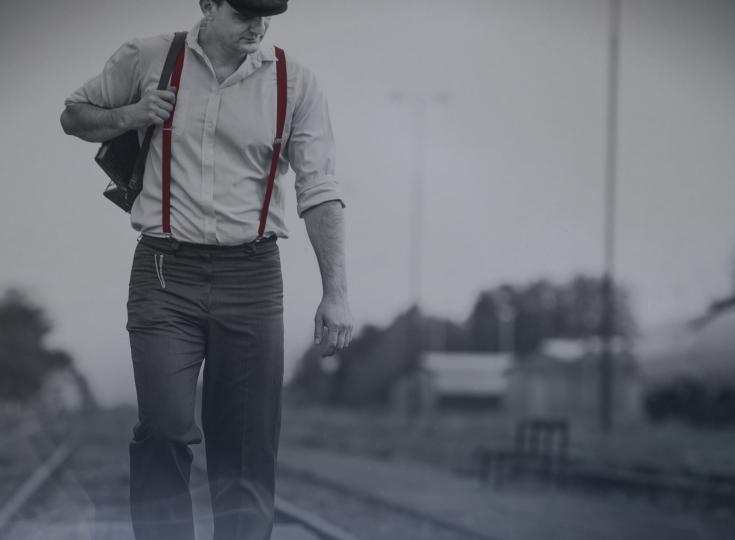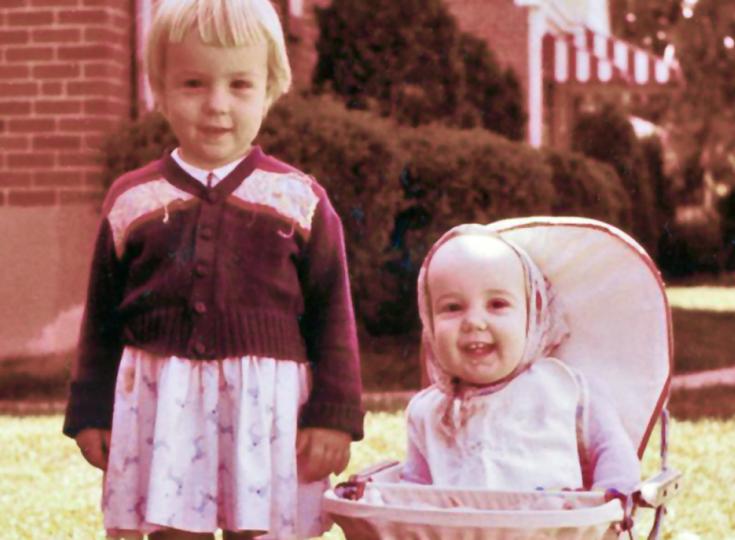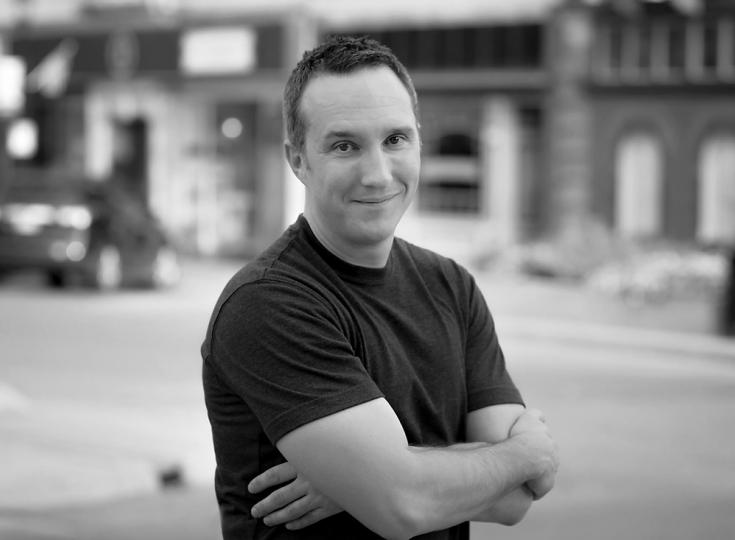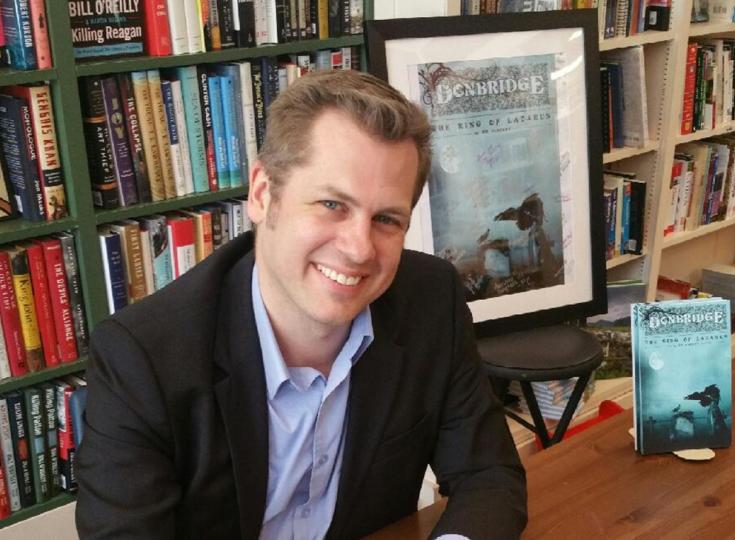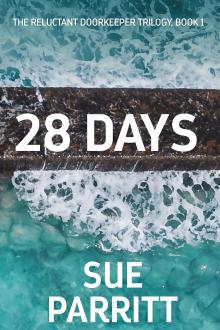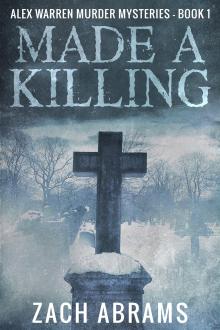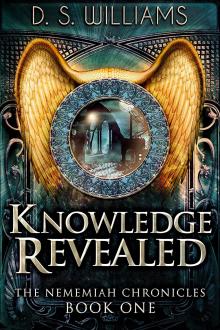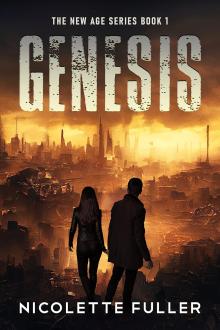Rebecca Faye Smith Galli - Living Fully a Life you Didn't Plan
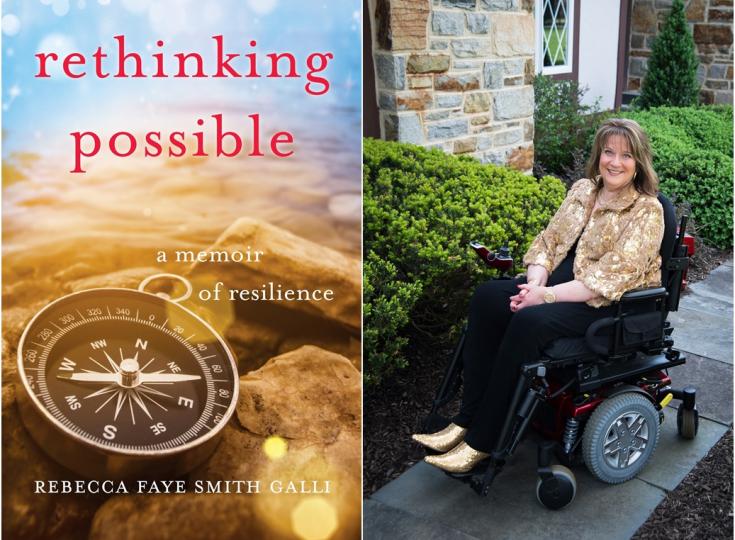
Nine days after her divorce was finalized, Rebecca Faye Smith Galli, a 38-year-old mother of four, wakes with leg pains that paralyze her. Her kids were 3, 4, 6, and 9 years old at the time. Despite this loss and others—her brother’s death, her daughter’s autism; her son’s disease and death—Galli offers inspiration to rethink what’s possible. As our Author of the Day, she talks about what it takes to live fully the life you didn't plan.
Please give us a short introduction to what Rethinking Possible is about.
Rethinking Possible is about living fully in the life you didn’t plan.
You have suffered many devastating losses, including the death of your brother, your son, your divorce and the use of your limbs. Yet, your book is anything but a pity party. How did you get through all of this without bitterness?
Oh, I had my moments of bitterness, that’s for sure! And I still do from time to time. But, I was brought up in a very positive environment filled with love, laughter, and learning where we were taught to look for the lessons in our life experiences. And, although I didn’t realize this until after I’d written the memoir, I think that watching my father and mother go through the devastating loss of my brother, their only son, gave me a front row seat to an amazing story of resilience.

With over 400 newspaper columns under your belt, plus generating ongoing content for your weekly column, “Thoughtful Thursdays — Lessons from a Resilient Heart”, what was the process like for you to go from writing personal essays to composing a 330-page memoir?
It was a straight-up learning curve! Creating the structure for this book took years. I had so much material from my journals, email correspondence, and newspaper columns that it was tough deciding what to keep in and what to leave out. As they say, “I didn’t know what I didn’t know,” so I found professionals to help me sort it out.
Questions like these helped:
What is the book about? What does your main character want? What take-aways do you have to offer your readers?
Over time (20 years!) and many formats, it became clear the book was about resilience and my dogged pursuit of the closely-knit family life I experienced before the death of my brother. Along the way, I’d found comfort and inspiration from many sources so I decided to include quotes that have helped me through each wave of loss. With this purpose in mind, it was easier to select what to include. I chose a chronological format with a quote to anchor each chapter.

For you, a bout of flu lead to paralysis. Tell us more about what happened.
It began with a lingering bout of flu that became pneumonia, a mycoplasma pneumonia. I’d seen my primary care physician for both and was on medication. At 2 a.m. on Wednesday morning, February 12, 1997, I awakened with strange shooting sensations in my leg. In six hours I was paralyzed. The culprit was transverse myelitis, a rare inflammation of the spinal cord that affects one in a million. One third recovers fully. One third recovers partially. One third has no recovery at all.
I also lost vision in my left eye from an optic neuritis, Devic’s syndrome, an inflammation of the optic nerve that was even rarer than transverse myelitis. My vision in my eye was restored so we were hopeful about the return of function from the paralysis. But after 18 months, I accepted that recovery was not possible so I got on with my life and began seriously rethinking what was still possible. I often read that scene in my book in talks, where I give up trying to wiggle my left big toe, the last thing I could move before my paralysis was complete. (p 196.)
Besides writing, what other secret skills do you have?
I love creating custom mirrors and picture frames out of broken plates and costume jewelry. (Nothing is broken beyond some use!)
You don't shy away from sharing details about your personal life in your memoir. Did you find this hard to do?
Not really. As a PK with a story-telling minister father, I never knew when one of my antics would become a sermon illustration! But more importantly, after my paralysis, telling my wheelchair life stories through email (so new in 1997) became the way I stayed connected to friends and family. My life changed so dramatically; it was both social and therapeutic for me to write about the details of my life. I was not a writer; I was a sales and marketing gal so writing was new to me.

I was surprised that it was well received. When a friend suggested I submit my story about playing soccer with my son to the Baltimore Sun, I had no idea it would launch a writing career.
Tell us more about the title. Why did you call this book: "Rethinking Possible"?
To be honest, if was my publisher’s idea. I had a list of eight titles and this one was last on the list. But when I carefully considered those two words, I realized that they captured the essence of the book. When we engage in “rethinking possible,” we accept our circumstance and consider the possibilities within that circumstance.
So often what we hope for just isn't possible. The key to resilience, at least for me, is to temper hope with reality. In essence, resilience is a process of constantly rethinking what is possible after we have accepted a new reality.
What is your favorite motivational phrase?
“Life can be good, no matter what.” And, as I sometimes say in jest, “I’ve had a lot of ‘what!’” Seriously, in one of my writing classes, the instructor asked us to examine why we write. He said we would have good days and bad days of writing, but knowing our “why” could help us stay motivated to continue. After a lot of thought, I decided that I write to remind myself of what I believe—that life can be good, no matter what. That’s why I send out my weekly Thoughtful Thursday column and journal daily—to remind myself of what I believe by finding the evidence and writing about it.
Readers report that you had them nailed to their seats throughout the book. How did you pull this off?
I think I write honestly. Apparently even “boldly.” In the columns I’ve written, I worked hard to “drop the reader” in the situation. I take a lot of time to envision the scene with all of my senses—what I hear, see, smell, and most importantly feel. The hardest part, at least for me, is to describe a situation in a way that the reader feels what I feel.
What challenges or fears did you face with writing and publishing Rethinking Possible and how did you overcome them? What did you find most rewarding about the experience?
The biggest challenge was reliving the pain and giving it context. The book spans nearly fifty years in my life, from a pre-vacation supper at age six to a “blended” family vacation dinner at age fifty-four. Getting into the mindset of a six-year-old, a twenty-year-old, a newly married, recently divorced, a paralyzed thirty-nine-year old with four kids, etc. forced a recalling not only of the events, but of the time period context. It’s easy to forget that email was new in 1997. Google didn’t exist when I was searching for services for my daughter with autism. It was challenging to find ways to remind the reader of that while keeping them in the story. But the most difficult part of the writing was to relive those losses and to stay in character context and be true to my emotional age. It was hard, even embarrassing, to write that I was angry at my brother for dying—but it was the truth for my 20-year-old self. Now, almost forty years later, I understand that anger as part of the grieving process. I’m not angry now—at least not as often. I’m mostly grateful that I had a brother for seventeen years. Some never have the experience of having a brother at all.

To write in context, I would isolate for days at a time to re-enter that stage of my life. My sister was my anchor. I would tell her what I was writing about each day and ask her to check in on me at the end of the day.
By far the most rewarding aspect of reliving and writing about these losses is the opportunity it’s given me to connect with others who have been through similar losses. We may write alone, but our words have the capacity to connect us to a community. To know you are not alone in the darkness of loss is a powerful, rewarding discovery, one I am determined to nurture in my future writings.
Your book is very detailed, with specific references to smells, sounds, and conversations - did you keep a journal or did you write from memory?
Both. I relied heavily on my father’s book, Sit Down, God. . . I’m Angry for the details about my brother’s death. His vivid descriptions time-warped me back to the scene, but my memory had to kick in to recall my twenty-year-old mindset. After Matthew’s seizures, I began keeping a journal. It was the only way I could capture my spinning thoughts and put them to rest. Then in 1997, six months after my paralysis, a friend introduced me to the latest craze—the internet. Shortly after that, I reconnected with a high school friend through email who wanted an update on my life and my adjustments to paralysis. Our exchanges created an email journal that documented nearly twenty years of experiences and reflections and were the basis for my newspaper column career.
Tell us about your writing habits. Do you have a favorite writing spot, time of day to write etc.?
I love to get up early and watch the sunrise with a fresh cup of coffee. I read from a few favorite books that inspire me and then I revise my work from the day before or begin new projects. My morning thoughts are usually my best thoughts.

What are you working on right now?
More books! Based on my Thoughtful Thursday’s column, I am working on Reframing Possible: A Daybook of Inspiration. I’m a big believer in my morning Quiet Time. I read, journal, meditate and reflect every day and enjoy short daily snippets of inspiration. Reframing Possible will give a short message to ponder with a suggestion on how to reframe what’s possible for that day.
Where can our readers discover more of your work or interact with you?
The best way is to sign up for my Thoughtful Thursday email column. Each week I write a short email column, Thoughtful Thursdays, about what’s inspired me to stay positive for the week. I’d love it if they would join me there so we can stay connected: www.beckygalli.com/signup I’m also on Facebook, twitter, Instagram and Pinterest as @chairwriter
